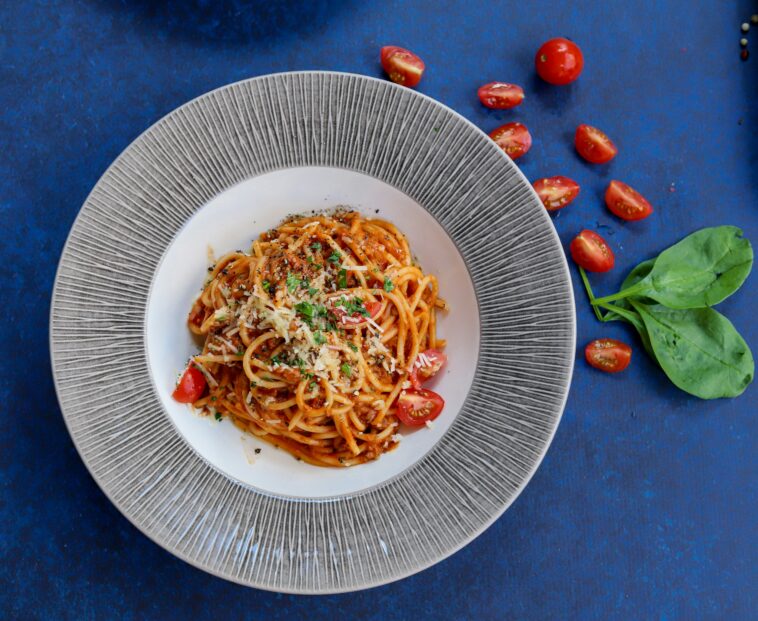Introduction:
Nestled amidst the colorful landscapes and rich cultural heritage of Spain, paella stands as a culinary masterpiece that reflects the country’s history, diversity, and passion for food. Join us on a delectable journey as we uncover the origins, ingredients, and cultural significance of this iconic dish, revered by Spaniards and food enthusiasts worldwide for its vibrant flavors and communal spirit.
Origins and Historical Evolution:
The story of paella unfolds against the backdrop of Valencia, a region renowned for its fertile lands and Mediterranean climate. Originating as a humble peasant dish in the 18th century, paella was born out of necessity, utilizing locally available ingredients such as rice, vegetables, and meats or seafood. Over time, as Valencia flourished as a center of trade and cultural exchange, paella evolved, incorporating exotic spices, indigenous produce, and culinary techniques from Moorish, Arab, and Roman influences.
Ingredients and Flavor Fusion:
At the heart of every paella lies a harmonious blend of flavors and textures that celebrate Spain’s diverse culinary heritage. Saffron, the prized spice that imparts paella its golden hue and delicate aroma, serves as a cornerstone of the dish. Alongside saffron-infused rice, an array of seasonal vegetables, including tomatoes, bell peppers, and peas, adds freshness and depth. Proteins such as chicken, rabbit, and a variety of seafood contribute richness and complexity, creating a symphony of flavors that tantalizes the taste buds.
Cooking Techniques and Traditional Practices:
Preparing paella is both an art and a science, requiring skill, patience, and reverence for tradition. The cooking process begins with the preparation of a sofrito – a fragrant base of onions, garlic, and tomatoes – which forms the foundation of flavor for the dish. The rice is then added and allowed to absorb the essence of the sofrito before being gently simmered in a savory broth infused with saffron and spices.
Central to the paella experience is the creation of the socarrat – a crispy, caramelized crust that forms on the bottom of the pan, adding depth of flavor and texture to the dish. Spaniards consider the socarrat a mark of culinary excellence, a testament to the chef’s mastery of the craft.
Cultural Significance and Global Recognition:
Beyond its culinary merits, paella holds a special place in Spanish culture, symbolizing community, celebration, and shared heritage. Whether enjoyed at a festive gathering, a family reunion, or a casual meal with friends, paella fosters connections and creates cherished memories.
In recent years, paella has transcended its Spanish origins to become a global culinary phenomenon, beloved by food enthusiasts worldwide. From bustling street markets in Barcelona to upscale restaurants in Tokyo, the allure of paella knows no bounds, inspiring chefs and home cooks alike to recreate the magic of this timeless dish in their own kitchens.
Conclusion:
In a world where culinary trends come and go, paella stands as a timeless symbol of Spanish tradition and flavor. With its rich history, vibrant ingredients, and communal spirit, paella embodies the essence of Spanish gastronomy – a celebration of culture, creativity, and the joy of sharing a meal with loved ones. So, whether you find yourself in the bustling streets of Valencia or in the comfort of your own home, take a moment to savor the magic of paella and experience the true essence of Spain’s culinary heritage.

